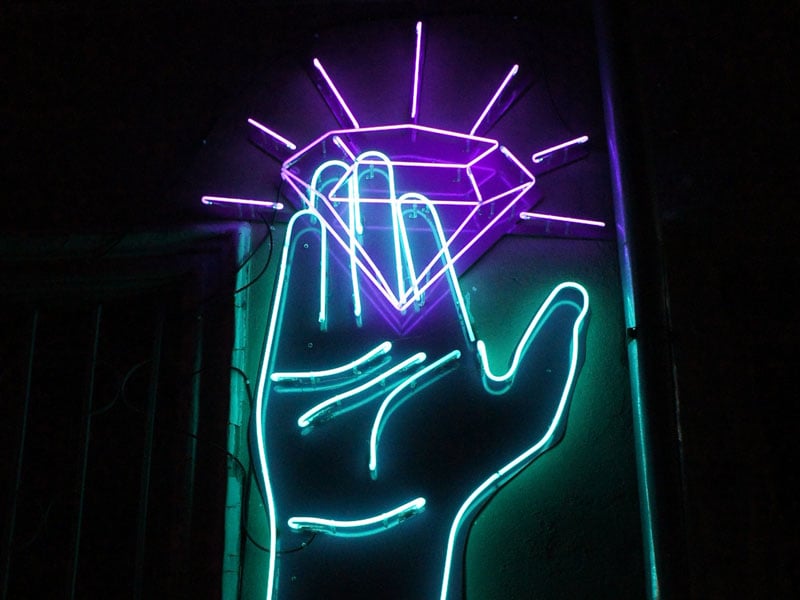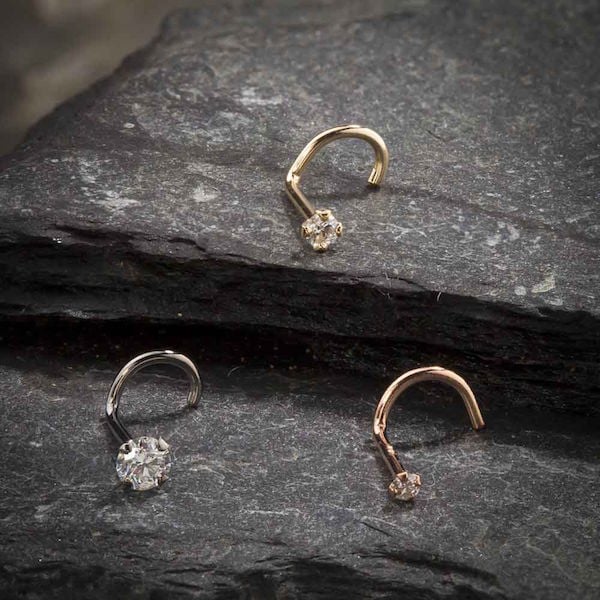
Any way you cut it, diamonds are a part of our culture. Their references within iconic pop culture never end, whether it’s a sparkling Marilyn Monroe dancing in the film Diamonds Are a Girl’s Best Friend, the real-life fairytale story that ended with a massive pink rock worn by Elizabeth Taylor, or the countless diamond ads we see everywhere. It’s not only prevalent in feminine culture; there’s even a James Bond flick named after diamonds.
When it comes to actually buying a diamond, where are you supposed to start? You can find diamonds anywhere from mall retailers to high-end boutiques. Regardless of where you get your diamond, it’s important to know what you’re looking for so that you can enter into a conversation with a jeweler as an informed buyer.
The quality of a diamond depends upon a few things. While its natural formation does have an influence on its final quality, many steps are taken from when the diamond is mined from the earth to when it finds its way into its setting, and each step is critical when it comes to the final quality of the diamond.
One way to quickly tell if a diamond is higher quality is to check its sparkliness. If a diamond sparkles in low light, it’s a good sign that it’s a nicely cut diamond. You can also tell if a diamond is real or not by gently breathing upon the stone. Faux diamonds will likely stay fogged for a few seconds, while the condensation from your breath will dissipate quickly on a real diamond.
However, quick tricks will only get you so far when buying diamonds. It’s not too difficult to remember the important talking points when discussing diamonds with your jeweler. All you have to do is remember the four C’s of diamonds.
These four attributes make up the things that you need to think or ask about when purchasing a diamond. Each aspect adds to the overall look and quality of the diamond, and they each have specific international guidelines that they must adhere to in order to achieve their quality status.

Here is a brief rundown of what each of the four C’s means.
Carat weight is probably the term you’ve heard most when talking about a diamond’s quality. You probably know that the more the carats, the more valuable the rock, but do you know why?
Carat weight simply refers to the size of the diamond. Since they are formed entirely by natural processes and elements, the size of a diamond has nothing to do any man-made influence. So, like a pearl, it is rarer and rarer to find a naturally-occurring huge rock. Although the carat weight does have importance when it comes to the quality of the diamond, it’s certainly not the only piece you should think about.
How a diamond is cut can make the all the difference between whether it has any value and brilliance or not. Cubic Zirconium can actually look better than a very rough cut genuine diamond.
A diamond’s brilliance carries its glamorous reputation, and the cut creates that brilliance. A proper cut captures the most amount of light and is faceted in a way that holds and reflects that light as much as possible.
Different cuts yield different brilliance results, so it’s important to know both the shape and type of cut that you want your diamond to have for your preferred aesthetic in addition to finding a well-cut diamond.
Diamond color refers to the clearness of a diamond. Higher quality diamonds will be more clear, while others will have a cloudy look.
The Gemological Institute of America has created a scale to measure the color of a diamond—or really, the absence of color—which ranges from “D”, the highest quality and least color inclusion in a diamond, to “X”, which stands for stones with a yellow tinge to them. Since the magnificence of diamonds is their brilliance, and brilliance depends upon clarity, less color means more clarity and higher quality.
Just like cut and color play a major role in the grade of a girl’s best friend, so does the number of blemishes in the stone.
Imagine shining a flashlight into murky swamp water. The beam of light will probably only make it to one or two inches from the surface, owing to the extra junk in the water. A diamond’s carbon marks (flaws in the diamond), cloudiness, or little minor imperfections like chips or cracks all affect the diamond’s ability to reflect light. This will lower its overall clarity.
When you’re in the market for a diamond and you see its clarity score, keep in mind that “F” stands for flawless and “I” means included, which is the opposite of flawless.
When you’re buying your first pieces of quality body jewelry, you might be a little intimidated. There’s so much to think about and so much unfamiliar diction, it’s easy to get overwhelmed.
With diamonds, simply remember the four C’s, and you’ll be able to confidently enter the jewelry store as an informed buyer with intelligent questions.
Leave A Comment